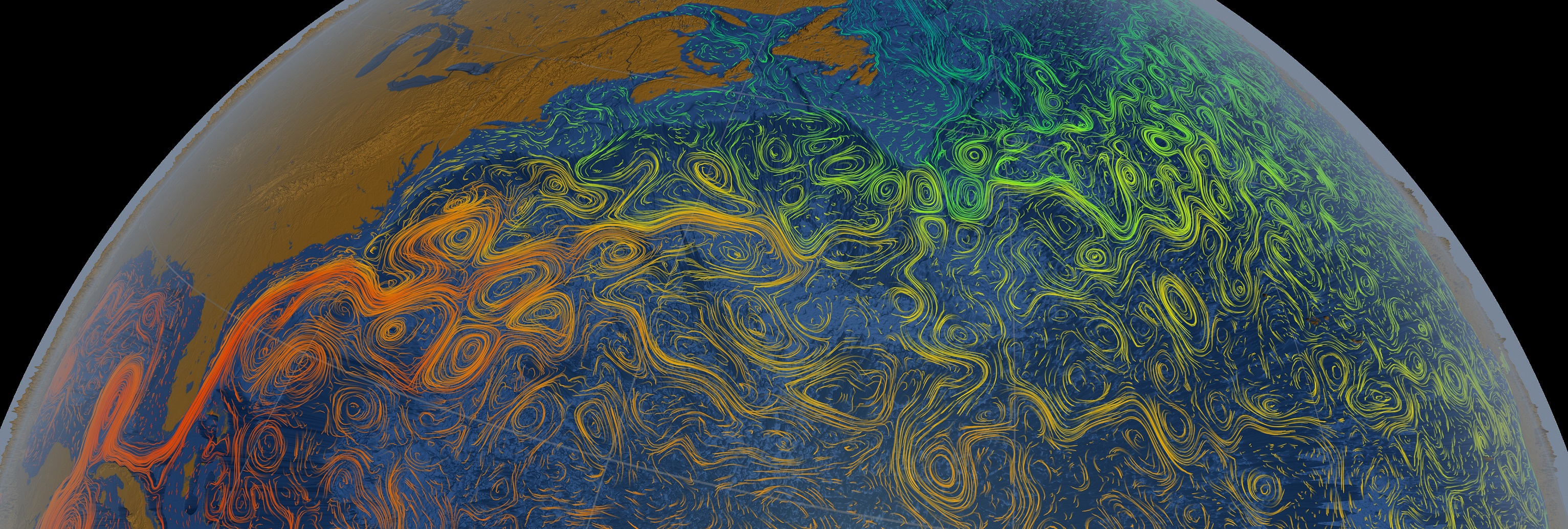
New research shows that the Gulf Stream has been slowing down since the middle of the 17th century and is now at its weakest point in 1,600 years.
The Gulf Stream is a warm and swift Atlantic ocean current that originates in the Gulf of Mexico and stretches to the tip of Florida, and follows the eastern coastlines of the United States and Newfoundland before crossing the Atlantic Ocean, making Western and especially Northern Europe warmer than it otherwise would be.
The constantly moving system of deep-water circulation sometimes referred to as the Global Ocean Conveyor Belt, sends warm, salty Gulf Stream water to the North Atlantic where it releases heat to the atmosphere and warms Western Europe. The cooler water then sinks to great depths and travels all the way to Antarctica and eventually circulates back up to the Gulf Stream.
It has long been hypothesized that the gulf stream might be affected by global warming in an adverse way. Since global warming could lead to an increase in freshwater in the northern oceans, by melting glaciers in Greenland, and by increasing precipitation, especially through Siberian rivers. This large amount of freshwater may disrupt the system, decrease ocean water salinity and hinder colder waters to sink and thus trigger a shutdown of the so-called thermohaline circulation.
New research shows that the Gulf Stream has indeed weakened a lot in recent time. The Gulf Stream hasn’t been this weak in 1,600 years according to two research teams publishing their results in the journal Nature.
The two international research teams both show that that the Gulf Stream has weakened by 15 percent during the last 150 years. The teams used two different methods of measuring.
One team has studied sediment in the seabed and found that the circulatory system has been stable between the years 400-1850 and only after that became weaker.
“Our study provides the first comprehensive analysis of ocean-based sediment records, demonstrating that this weakening of the Atlantic’s overturning began near the end of the Little Ice Age, a centuries-long cold period that lasted until about 1850,”
– Dr. Delia Oppo, a senior scientist with WHOI and co-author of the study which was published in the April 12th issue of Nature.
Scientists believe an influx of freshwater, triggered by the melting of ice sheets and glaciers, began to dilute surface seawater toward the end of the Little Ice Age. A period of cooling that occurred from the 16th to the 19th centuries.
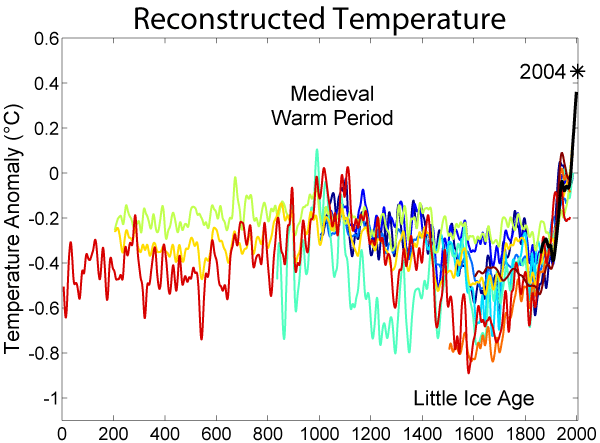
The researchers argue that the North Atlantic began to warm near the end of the Little Ice Age, but that freshwater disrupted the system, called the Atlantic Meridional Overturning Circulation (AMOC).
When Arctic sea ice, and ice sheets and glaciers surrounding the Arctic began to melt, it constituted a huge natural tap of fresh water that gushed into the North Atlantic that diluted the surface seawater, making it lighter and less able to sink deep, slowing down the AMOC system.
The second team investigated changes in surface water temperatures in the North Atlantic and compared these to predictions by climate models. They examined the size of sediment grains deposited by the deep-sea currents; the larger the grains, the stronger the current. They then used a variety of methods to reconstruct near-surface ocean temperatures in regions where the temperature is influenced by AMOC strength.
“What is common to the two periods of AMOC weakening – the end of the Little Ice Age and recent decades – is that they were both times of warming and melting,”
“Warming and melting are predicted to continue in the future due to continued carbon dioxide emissions.”
“Combined, these approaches suggest that the AMOC has weakened over the past 150 years by approximately 15 to 20 percent,”
– Lead researcher David Thornalley, a senior lecturer at University College London and WHOI adjunct.
The direct cause of the recent weakening isn’t determined, although the fact that ice-melting in the Arctic, especially in Greenland, is increasing, is a probable cause.
“What is common to the two periods of AMOC weakening — the end of the Little Ice Age and recent decades — is that they were both times of warming and melting,”
“Warming and melting are predicted to continue in the future due to continued carbon dioxide emissions.”
– David Thornalley
Earlier studies have pointed out that this could happen due to climate change, but a worst-case scenario that would have ocean currents completely disappearing has been previously been dismissed. On the other hand, a weakening current may also be serious if it continues at an undetermined rate.
The researchers now want to find out if the currents will continue to weaken, and what is needed for the circulation system to collapse completely and what this would mean.
References:
David J. R. Thornalley et al. Anomalously weak Labrador Sea convection and Atlantic turn over the past 150 years. Nature April 11, 2018. DOI: 10.1038 / s41586-018-0007-4
L. Caesar et al. Observed fingerprint of a weakening Atlantic Ocean reversal circulation. Nature April 11, 2018. DOI: 10.1038 / s41586-018-0006-5


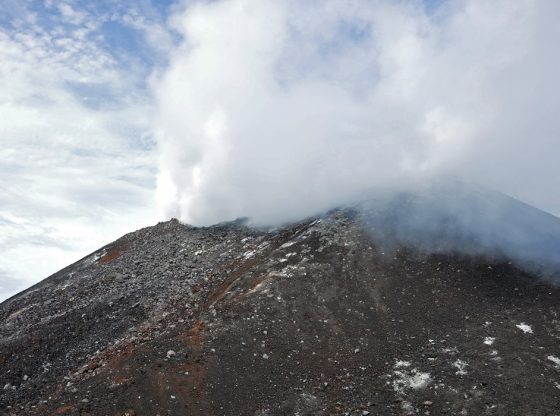
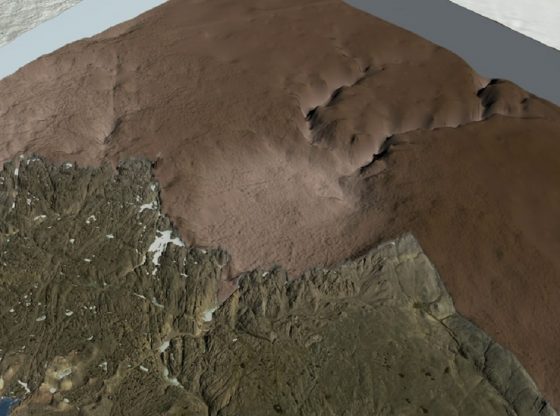
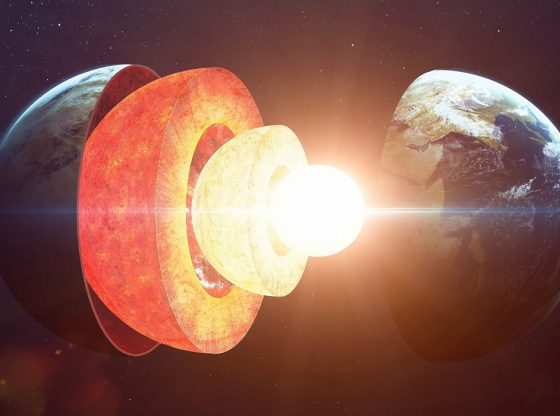

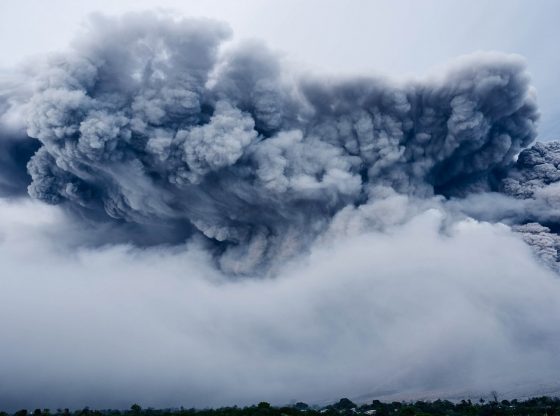


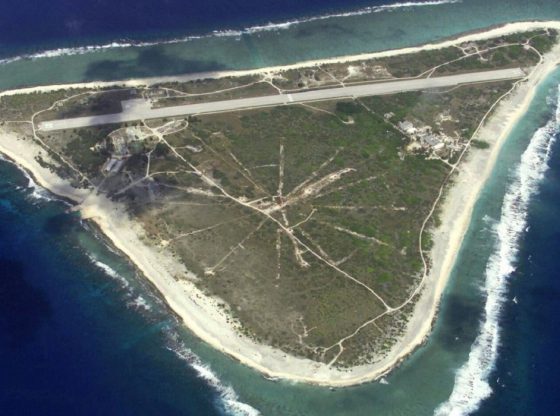
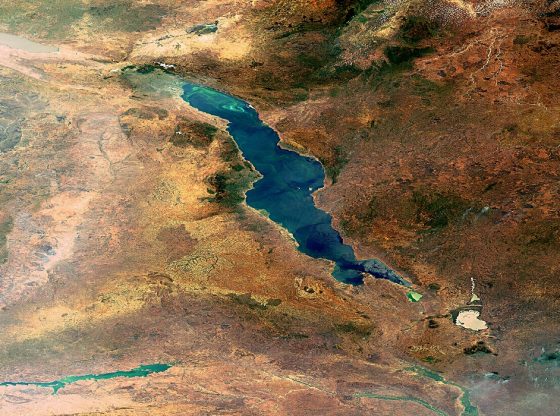
![OpenAI. (2025). ChatGPT [Large language model]. https://chatgpt.com](https://www.illustratedcuriosity.com/files/media/55136/b1b0b614-5b72-486c-901d-ff244549d67a-350x260.webp)
![OpenAI. (2025). ChatGPT [Large language model]. https://chatgpt.com](https://www.illustratedcuriosity.com/files/media/55124/79bc18fa-f616-4951-856f-cc724ad5d497-350x260.webp)
![OpenAI. (2025). ChatGPT [Large language model]. https://chatgpt.com](https://www.illustratedcuriosity.com/files/media/55099/2638a982-b4de-4913-8a1c-1479df352bf3-350x260.webp)








